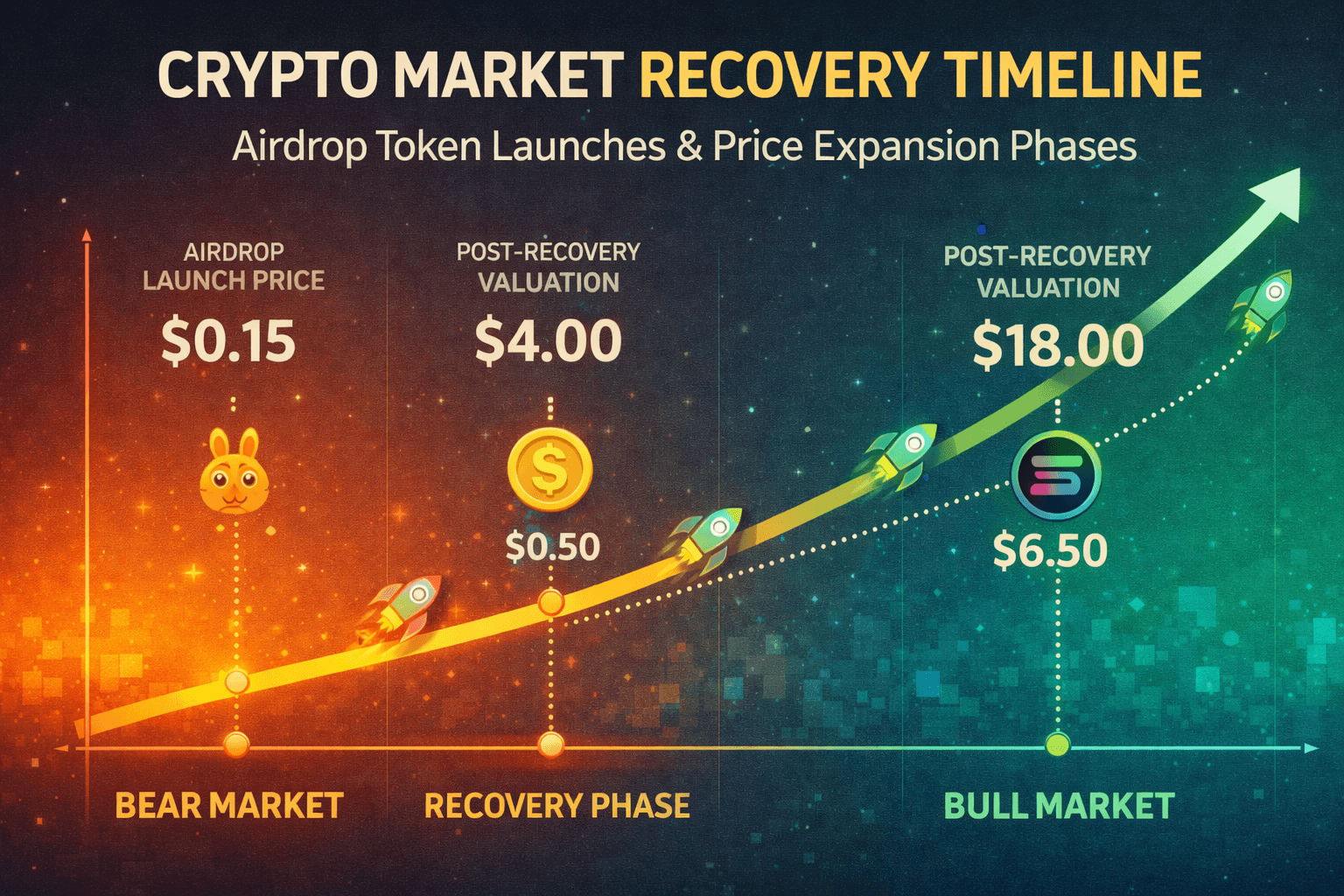Analyzing the ROI of Participating in Crypto Airdrops
Participating in crypto airdrops can be an exciting way to earn free tokens and potentially profit from them. However, understanding the return on investment (ROI) from these activities requires careful evaluation of various metrics and case studies. This article explores the ROI of participating in crypto airdrops, providing insights into profitability, key metrics, and real-world examples.
Understanding ROI in Crypto Airdrops
What is ROI?
Return on Investment (ROI) measures the profitability of an investment relative to its cost. In the context of crypto airdrops, ROI is calculated by comparing the value of the received tokens to the effort and resources expended to obtain them.
ROI Formula: ROI=(Cost of ParticipationValue of Tokens Received−Cost of Participation)×100
Key Metrics for Analyzing Airdrop ROI
Token Value
The primary metric for assessing airdrop ROI is the value of the tokens received. This value can fluctuate based on market conditions, the project’s success, and overall demand for the token.
Example:
- Uniswap (UNI) Airdrop: Users who received 400 UNI tokens from the Uniswap airdrop in 2020 saw significant gains as the token’s value increased. At its peak, the airdrop’s value exceeded $10,000.
- Link: Uniswap
Effort and Time Investment
Participation in airdrops often requires completing tasks such as joining social media channels, holding specific tokens, or participating in community activities. The time and effort invested should be considered when evaluating ROI.
Example:
- Aave (AAVE) Governance Airdrop: Aave’s airdrop rewarded users for participating in governance votes, requiring a moderate time investment but offering substantial returns in token value.
- Link: Aave

Profitability Analysis of Airdrops
Case Studies
Analyzing real-world examples of successful airdrops can provide valuable insights into their profitability and ROI.
Case Study 1: 1inch (1INCH) Airdrop
1inch conducted an airdrop in 2020, distributing tokens to users who had interacted with their decentralized exchange aggregator. The airdrop rewarded early adopters with 1INCH tokens, which saw a significant increase in value.
ROI Analysis:
- Token Value at Distribution: Approximately $1.50 per 1INCH
- Peak Token Value: Over $7 per 1INCH
- ROI: Over 300% for early participants
- Link: 1inch
Case Study 2: Sushiswap (SUSHI) Airdrop
Sushiswap’s airdrop distributed SUSHI tokens to liquidity providers of Uniswap, aiming to attract users to their platform. Despite initial volatility, the value of SUSHI tokens increased as the project gained traction.
ROI Analysis:
- Token Value at Distribution: Approximately $0.60 per SUSHI
- Peak Token Value: Over $20 per SUSHI
- ROI: Over 3000% for early participants
- Link: Sushiswap
Evaluating the Costs of Participation
Transaction Fees
Participating in airdrops often involves transaction fees, especially on networks like Ethereum, where gas fees can be high. These costs should be factored into the overall ROI calculation.
Example:
- Ethereum (ETH) Gas Fees: During periods of network congestion, gas fees can significantly impact the cost of participating in airdrops on Ethereum.
- Link: Ethereum Gas Tracker
Opportunity Costs
Opportunity costs refer to the potential benefits an individual misses out on when choosing one alternative over another. In the case of airdrops, this could mean the missed opportunity to invest time and resources elsewhere.
Measuring Success and Making Informed Decisions
Tracking and Monitoring
To accurately measure the ROI of participating in airdrops, it’s essential to track and monitor the performance of the received tokens over time. Tools like portfolio trackers and market analysis platforms can be helpful.
Example:
- CoinGecko Portfolio Tracker: Use CoinGecko’s portfolio tracker to monitor the value of your airdropped tokens and assess their performance.
- Link: CoinGecko
Diversification
Diversifying participation across multiple airdrops can help spread risk and increase the chances of obtaining valuable tokens. Engaging in a variety of airdrops across different projects and networks can lead to a more balanced portfolio.
Conclusion
Analyzing the ROI of participating in crypto airdrops involves evaluating token value, effort and time investment, transaction fees, and opportunity costs. By studying successful case studies and tracking key metrics, participants can make informed decisions about which airdrops to join. For more insights into the profitability of crypto airdrops and other cryptocurrency topics, follow us on Twitter and join our Telegram channel.
To explore more strategies on managing your crypto investments, visit our crypto guides. This guide offers valuable information on various aspects of cryptocurrency, from beginner tips to advanced strategies. Additionally, stay informed with the latest news and updates by visiting our news page.
Maximize Your Crypto Experience with Bybit
For an enhanced trading experience, consider Bybit. Sign up using our referral link to unlock exclusive rewards, including up to $30,000 in deposit bonuses, and elevate your trading journey.
















